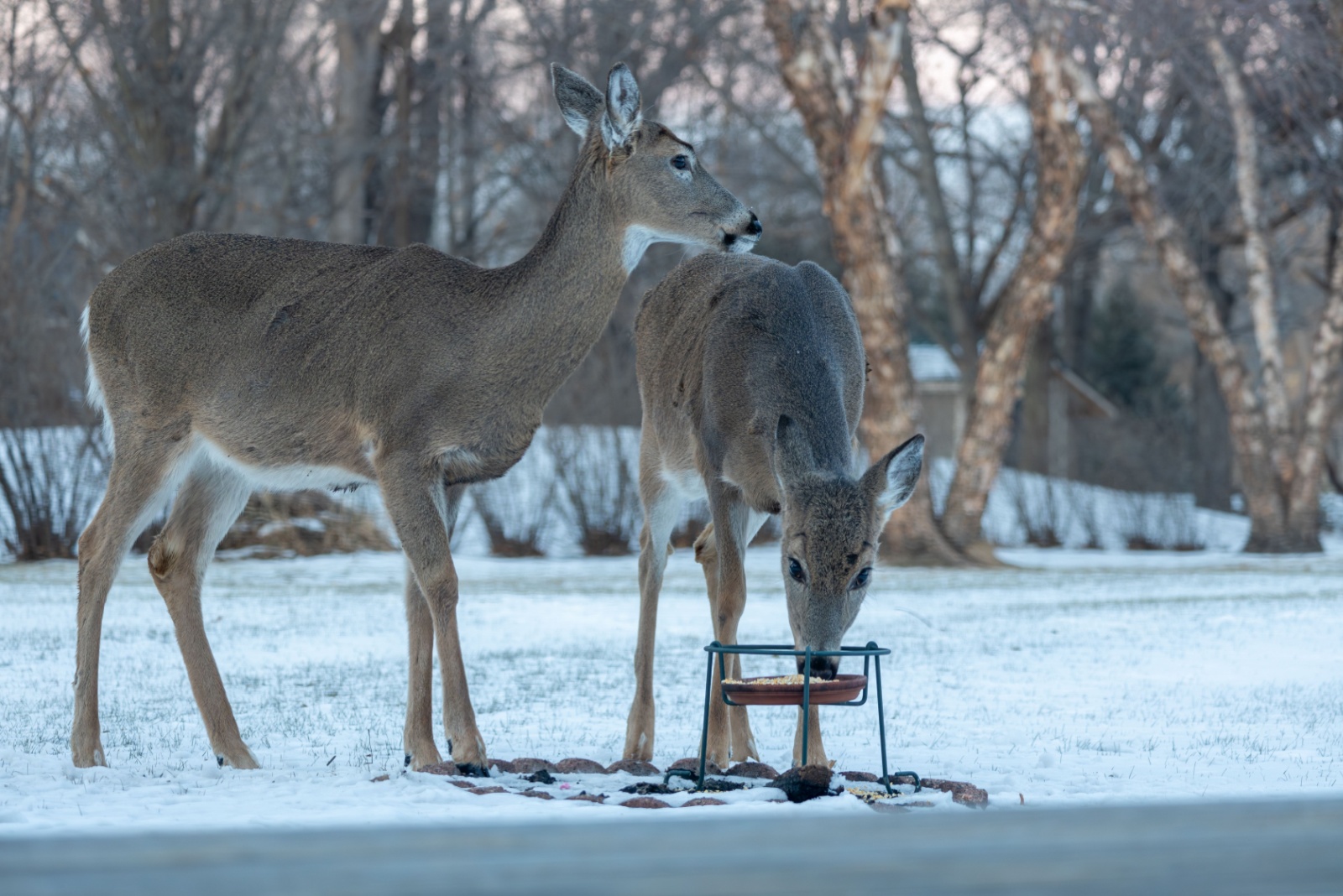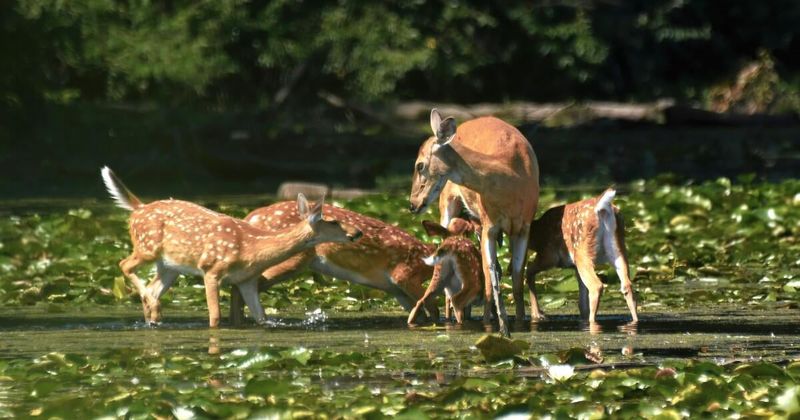Deer activity shifts fast in Pennsylvania once the cold season edges closer, and feeders can turn from helpful to hazardous in no time.
A well-timed change keeps wildlife safe, avoids unwanted visitors, and supports healthier herds.
Pulling feeders down at the right moment prevents confusion, curbs dependency, and keeps your yard from turning into a round-the-clock buffet.
With a smart approach, residents stay ahead of the game and keep deer on a natural, safer track.
Remove Feeders Before Hunting Season Starts
Pennsylvania’s hunting regulations can affect how you manage deer feeders.
Many hunters prefer natural deer movement patterns, and feeders can create unfair advantages in certain areas.
Check your local Game Commission rules about feeder restrictions during hunting months.
Taking feeders down a few weeks before rifle season begins lets deer return to their normal foraging habits.
This creates a more balanced hunting environment and helps avoid any legal complications with baiting regulations in your county.
Pull Down When Chronic Wasting Disease Is Detected Nearby
Chronic Wasting Disease poses serious threats to Pennsylvania’s deer population.
When deer gather at feeders, they exchange saliva and can spread this fatal illness more easily.
Wildlife officials track CWD cases and issue warnings when outbreaks occur in specific regions.
If your county reports positive CWD tests, removing feeders immediately helps reduce deer congregation.
Spreading disease through shared feeding stations puts entire herds at risk, so staying informed about local CWD status protects wildlife for future generations.
Take Them Down When Natural Food Sources Become Plentiful
Late autumn in Pennsylvania brings acorns, beechnuts, and other natural foods that deer prefer over artificial feed.
When oak trees drop their bounty, deer naturally shift their feeding patterns to forage across wider areas.
Observing these seasonal changes helps you time feeder removal perfectly.
Leaving feeders up when natural food is abundant can actually harm deer by making them lazy foragers.
Wild deer stay healthier when they maintain their instinctive behaviors and eat diverse natural diets throughout the changing seasons.
Remove Feeders During Severe Winter Weather Predictions
Blizzards and ice storms can trap deer near feeders, creating dangerous dependency situations.
When severe weather hits, deer that rely on feeders may struggle to survive if they cannot reach them.
Pennsylvania winters can be unpredictable, with sudden temperature drops and heavy snowfall.
Taking feeders down before major storms forces deer to seek natural shelter and food sources in protected areas.
This survival instinct keeps them safer than waiting at empty feeders during dangerous conditions when you cannot refill them regularly.
Pull Down When Bear Activity Increases
Black bears love deer feed and will destroy feeders to get every last kernel.
Pennsylvania has a healthy bear population that becomes particularly active before hibernation.
Bears can smell corn and other feed from miles away, and they will visit your property repeatedly once they discover a food source.
Late fall bear activity often peaks as animals prepare for winter sleep.
Removing feeders by mid-November protects your investment and prevents bears from becoming habituated to easy meals on your property, which creates problems for everyone.
Take Down Feeders When Deer Populations Exceed Healthy Levels
Overcrowding at feeders creates multiple problems including disease transmission, aggressive behavior, and property damage.
When too many deer visit your feeding station, they compete for food and stress levels increase.
Pennsylvania wildlife managers monitor deer density in different regions to maintain ecological balance.
If you notice dozens of deer appearing nightly, your feeder might be contributing to overpopulation issues.
Removing it encourages deer to spread out naturally across the landscape, which benefits vegetation, reduces conflicts, and supports healthier herd dynamics overall.
Remove When Preparing Property For Winter Maintenance
Winter property maintenance becomes easier without deer feeders attracting wildlife to specific areas.
Snow removal, tree trimming, and other outdoor tasks proceed more smoothly when deer are not concentrated in your yard.
Planning your seasonal property work includes thinking about wildlife management.
Taking feeders down allows you to focus on winterizing your home and land without worrying about disturbing feeding deer.
It also prevents damage to feeders from snow plows, falling branches, or other winter hazards that could destroy your equipment during harsh Pennsylvania weather.








